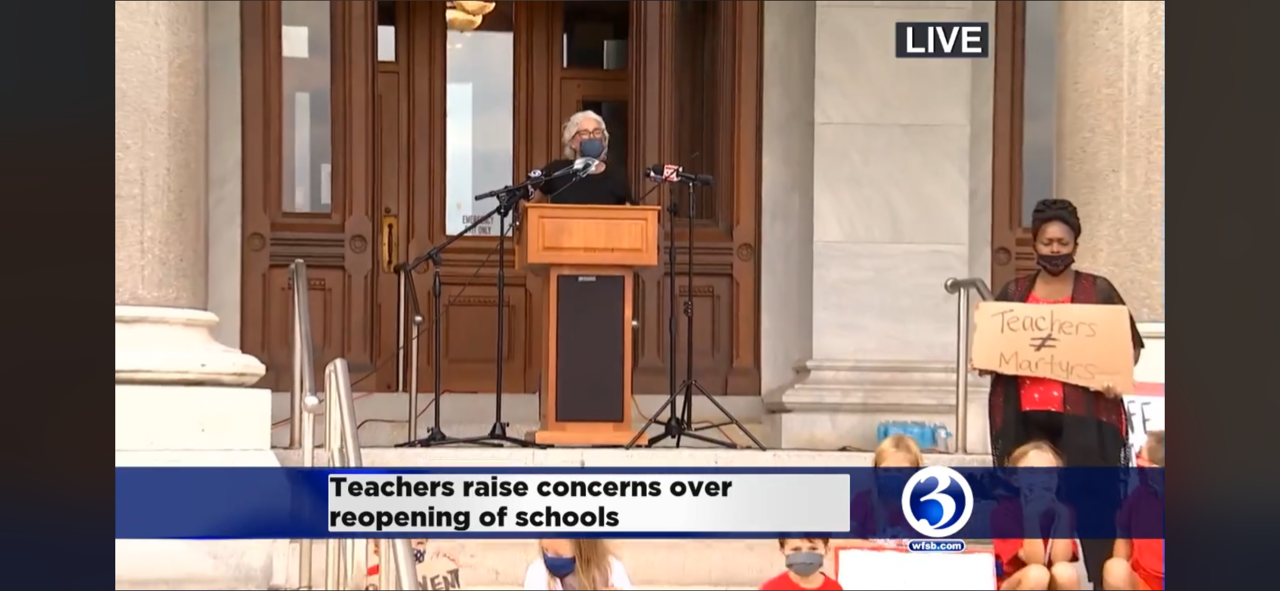Our Platform

UNITY & ENGAGEMENT
We need a new vision for how we view our union and our role within it. We must recognize that WE ARE THE UNION, not just those who are in leadership. We are a collective and we need to create more space for union members to engage, collaborate, and make meaningful, democratic decisions for the future of our schools. We want to connect with and listen to every educator who would like to get involved in this work. We can do this by welcoming teachers who are new to union work, rebuilding our committees and subcommittees, and strengthening communication between leadership and membership. Given the ongoing attacks on public education, public school employees, and unions, we must be organized to protect our schools, our profession, our collective bargaining power, and every union member.

WORKING CONDITIONS & LEARNING CONDITIONS
We must acknowledge the link between our working conditions and our students’ learning conditions, and recognize that this relationship is reciprocal. We have to fight for both, with the understanding that they are deeply interconnected. When it comes to decision-making for our schools, we must have a seat at every table and our voices must be heard. Our knowledge of our students’ needs, our expertise as educators, and our strength as collaborators must be recognized so that our classrooms and our community can thrive. When both students’ and educators’ needs are met, we can focus on making our schools and classrooms places of learning, growth, community, critical thinking, justice and joy.

SOLIDARITY & ADVOCACY
Finally, we need to recognize the real impact that union activism can have when we join forces with one another and with other unions. This includes solidarity with those who work alongside us like paraprofessionals, custodial staff, cafeteria workers, and bus drivers — as well as other unions in our city, and our State and National AFT with whom we share collective struggles, collective goals, and potential collective power. With this collective power, we can fight for fully funded schools where we have: smaller class sizes and additional support staff, safer buildings and a nurse in every school, fair compensation and robust benefits, and so much more. If we fight together, we can win these substantive victories that will benefit our classrooms, our contract, and our city.
